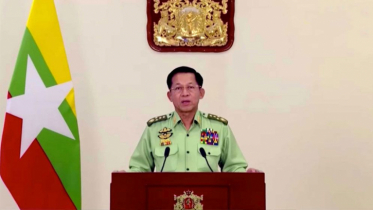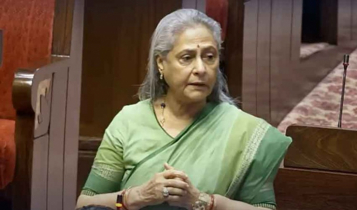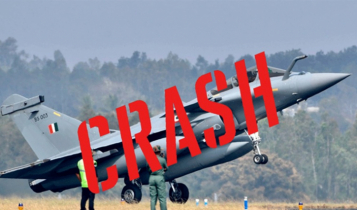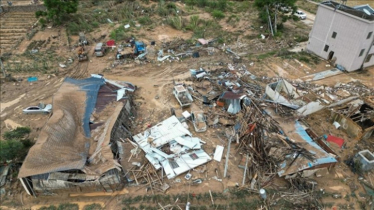Report reveals how Pakistan used J-10C to shoot down Indian Rafale
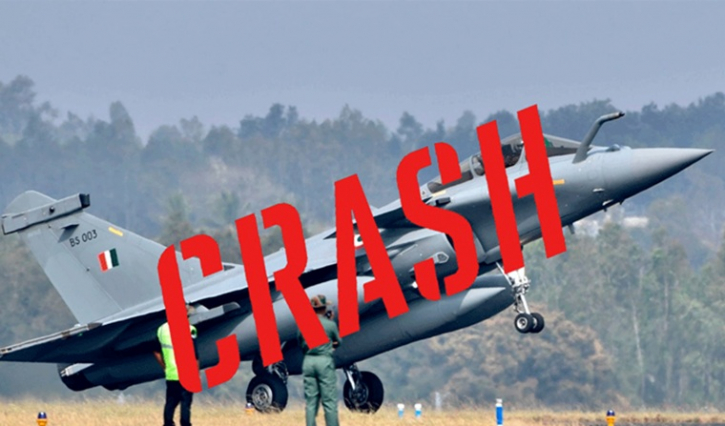
Published : 20:51, 2 August 2025
A Pakistan Air Force (PAF) operation using Chinese-made J-10C fighter jets successfully downed an Indian Rafale aircraft during a large-scale aerial battle in early May, according to a detailed investigative report by Reuters.
The air engagement, which took place on May 7 in the early hours, is being described by military analysts as one of the most significant aerial confrontations in decades. The encounter reportedly involved around 110 aircraft from both sides.
The clash followed an Indian airstrike on Pakistani territory, which New Delhi said targeted militant infrastructure allegedly tied to a deadly attack in Indian-administered Kashmir. Islamabad rejected any involvement in the prior incident and viewed the Indian strike as an unjustified act of aggression.
Pakistani Response and Use of J-10C
PAF Air Chief Marshal Zaheer Ahmed Baber Sidhu, who had reportedly been sleeping near the operations center in anticipation of Indian retaliation, ordered the immediate deployment of J-10C jets. These aircraft, armed with long-range PL-15 missiles, played a pivotal role in the ensuing operation.
“We ambushed them,” a senior PAF official told Reuters, adding that Pakistan had also launched an electronic warfare offensive to disrupt Indian communications and confuse enemy pilots.
Indian Silence and French Confirmation
Indian officials have not confirmed the loss of a Rafale or commented on any intelligence shortcomings. However, French military and defense sources acknowledged the incident. In June, the French Air Chief confirmed the loss of a Rafale and two additional Indian aircraft, including a Russian-made Sukhoi.
The Reuters investigation highlighted a major intelligence failure on India's part — Indian pilots reportedly underestimated the effective range of the PL-15 missile, believing it to be limited to 150 km, while Pakistani and Indian sources suggest it was launched from a range of approximately 200 km.
“This was a textbook example of how situational awareness determines the outcome,” said retired UK Air Marshal Greg Bagwell, emphasizing the strategic advantage of superior battlefield information.
Pakistan’s “Kill Chain” Advantage
Reuters reported that Pakistan's ability to form a "kill chain" — an integrated multi-domain warfare system connecting surveillance, targeting, and communication — gave the PAF a significant edge.
The J-10Cs, operating near the Indian border, reportedly received radar data from a Swedish-made surveillance aircraft, transmitted via Pakistan’s Data Link 17 system. This allowed the fighters to operate with their radars turned off, minimizing their detectability.
Meanwhile, Indian defense officials admitted challenges in integrating their diverse, internationally-sourced air platforms into a unified command-and-control system.
India’s Counter-Response and Ceasefire
In response to the setback, India revised its air strategies and launched counter-offensives on May 10, reportedly striking nine Pakistani airbases and radar installations. Indian and Pakistani sources stated that BrahMos supersonic missiles breached Pakistani air defenses, damaging a Pakistani surveillance aircraft on the ground.
The confrontation concluded the same day after diplomatic efforts — particularly by the United States — resulted in a ceasefire.
Accusations and Regional Implications
India’s Deputy Army Chief Lt. Gen. Rahul Singh later accused Pakistan of receiving real-time tactical support from China, although no direct evidence was provided. Pakistan denied the claim, while Chinese officials called their cooperation with Islamabad “routine bilateral military engagement.”
Reuters further reported that China’s Air Chief, Lt. Gen. Wang Gang, visited Pakistan in July and expressed interest in understanding how the PAF successfully integrated Chinese systems into its multi-domain strategy during the conflict.

.png)
.png)


